The National Park is not merely a treasure trove of diverse habitats and natural resources. Hidden within are also many cultural resources passed down through the development of history that are not yet familiar to the public. In recent years, the conservation concepts of national parks, such as “interaction between nature and people”, “harmony between man and nature”, and “respect for traditional culture” have also been become increasingly and internationally prevalent. Human culture resource conservation has become one of the important aspects of national park management.
The “National Park Conservation Achievements and Management Seminar - Exploring National Park for Humanities” organized by Taijiang National Park Headquarters, took place on October 3-5, 2018 (Wed-Fri), lead the exploration of historical relics, sharing of humanities resources cases, and exchanges of results related to national park conservation research and management. It was an attempt to rethink the national park's humanistic history from the depth of time and its development process, and to propose the planning concepts and directions of national park cultural assets investigation and preservation, in order to serve as an indispensable blueprint in the field of future conservation research.
The event opened on October 3rd (Wed) at 18:00. The Taijiang Cultural Film Experience Course was held that evening and "Fertile Fields, Fruitful Seas", "Fry-Counting Tunes Around Taijiang", "The Legend of Milkfish, a Star of Taijiang” were screened for public viewing. On morning of the next day (October 4th, Thursday), colleagues from various national parks gathered together to explore the humanistic landscape of Taijiang. Starting from the location of the Sicao Artillery Battery, Dazhong Temple, and the Dayuan underwater shipwreck, a boat trip was taken to visit the Sicao lagoons and Qigu lagoons in order to experience the inland sea of Taijiang, visit the fan-shaped salt fields to understand the region’s salt-drying history, and learn different forms of oyster cultivation at Longshan Community. All along the way, the guide provided detailed descriptions that made the participants feel like they have traveled back in time and were experiencing in person the lifestyles of bygone eras.
At sunset, Taijiang National Park Headquarters set up tables and chairs in the outdoor plaza of the Visitor Center to let the participants experience the banquets of their childhood days. During the banquet, Wu Bi-na, author of “Searching for the Bygone Flavors of Taijiang”, was invited to explain the characteristics of Taijiang cuisine.
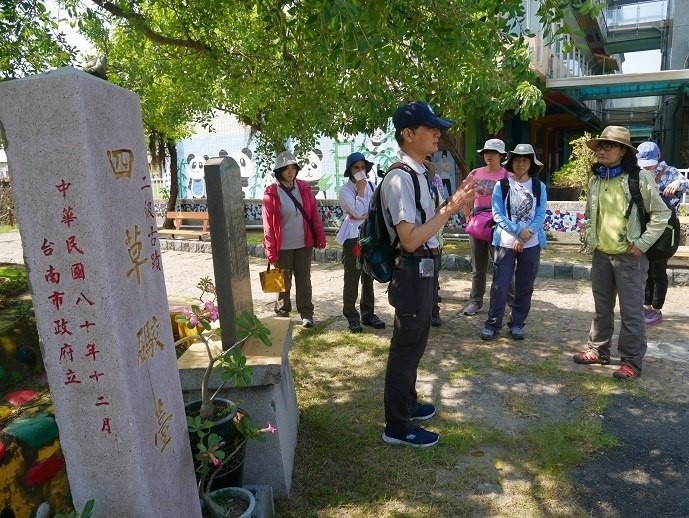
Dazhong Temple, and the Dayuan underwater shipwreck
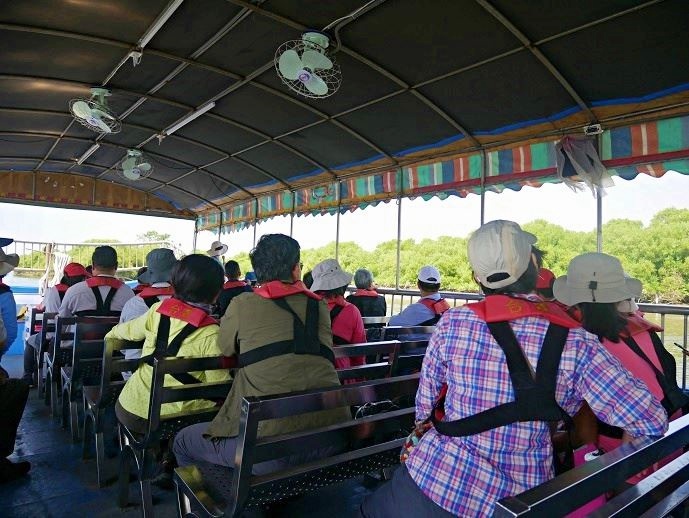
in order to experience the inland sea of Taijiang
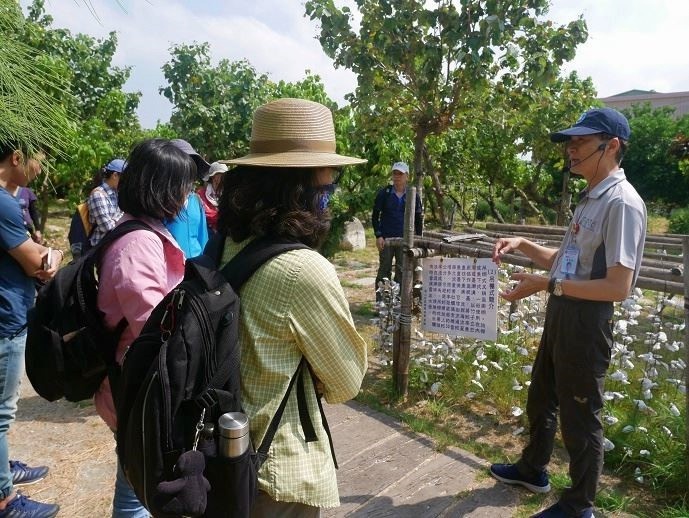
the region’s salt-drying history, and learn different forms
of oyster cultivation at Longshan Community

set up tablesand chairs in the outdoor plaza
of the Visitor Center to let the
participants experience the banquets
of their childhood days
On the third day (October 5th, Friday), at the seminar presentation, Liu Yichang, a professor of the National Cheng Kung University Institute of Archaeology, reminded everyone that the current location of the Taijiang National Park was the ancient battlefield where Koxinga and the Dutch fought 400 years ago. Back in those days, Taijiang was an important gateway to international trade. It can be said that Taiwan has became what it is today all because of local history and culture, hence the importance of Taijiang National Park.
After a full day of lectures by experts and scholars, the representatives of the various national park headquarters took turns to go up on stage and describe the humanities and historical research results of their respective national parks, drawing a perfect end to the three-day seminar.
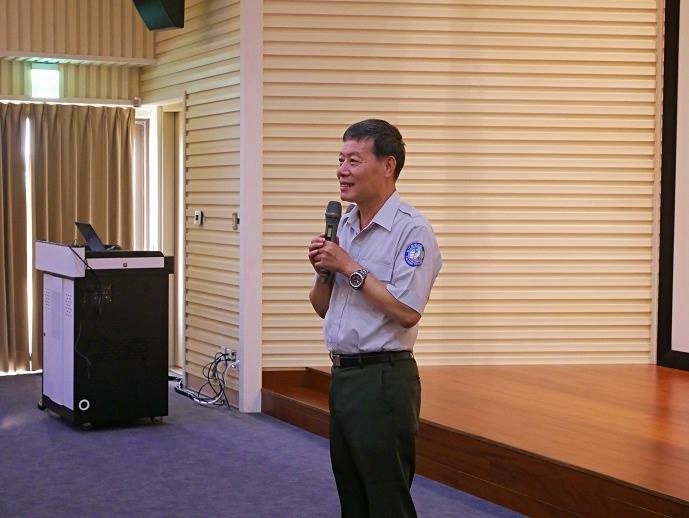
You, Dengliang giving a welcome speech
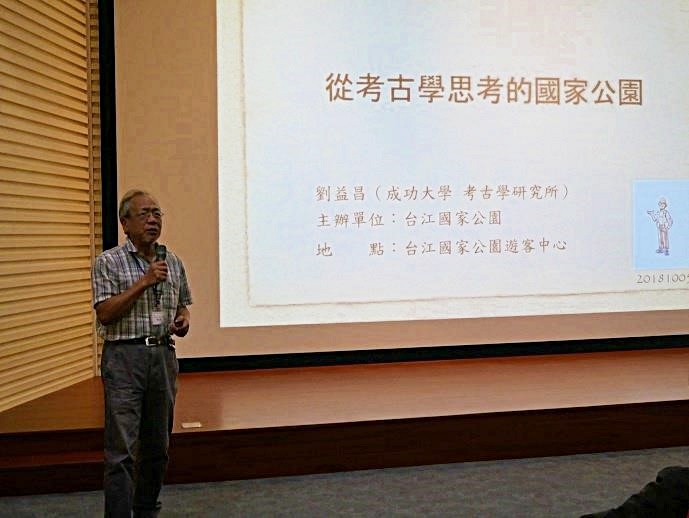
University Institute of Archaeology,
reminded everyone that Taijiang
was an important gateway to
international trade
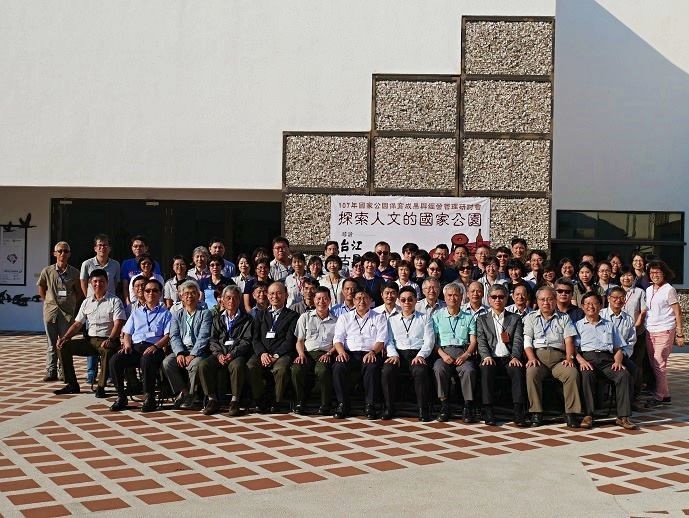


![Text size [Small]](/media/system/images/font_small.jpg)
![Text size [Medium]](/media/system/images/font_normal.jpg)
![Text size [Large]](/media/system/images/font_big.jpg)




